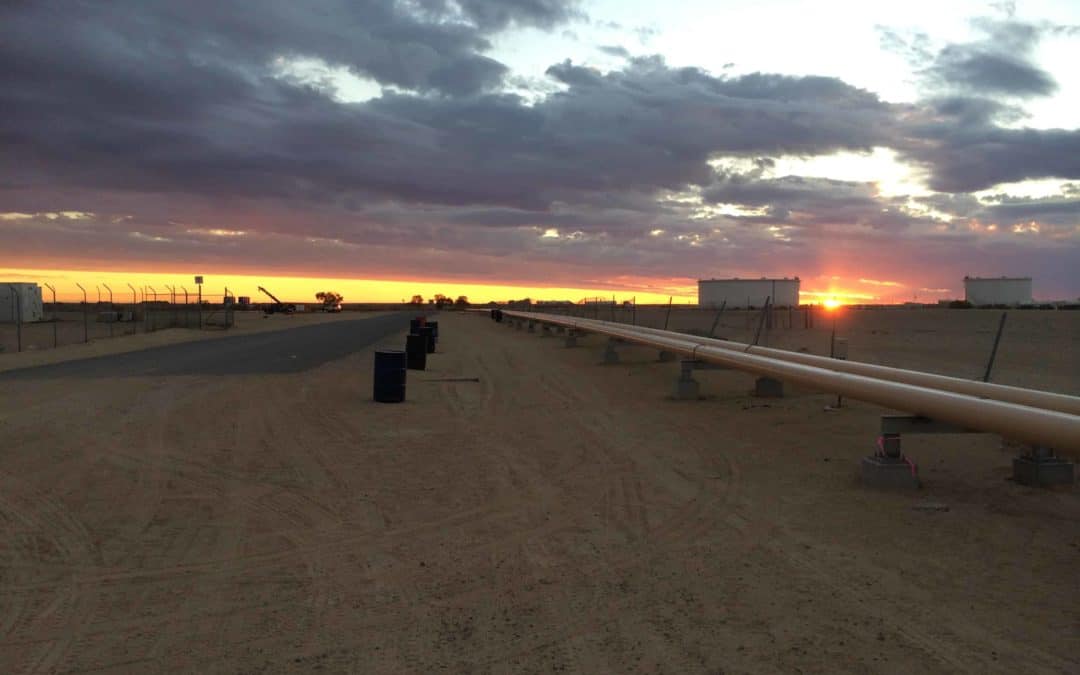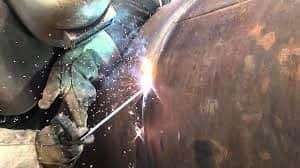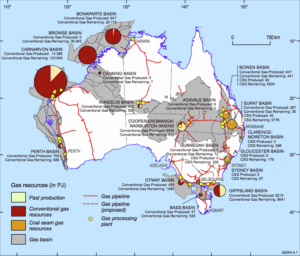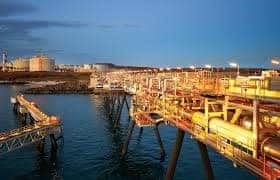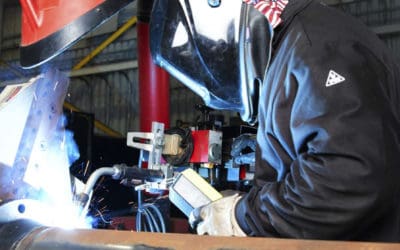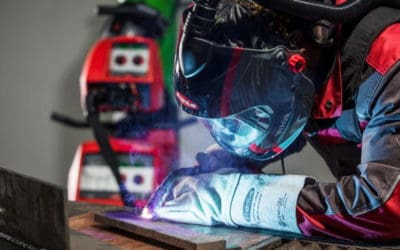As the oil and gas industry begins to recover after oil price declines, improving efficiency will be critical.
While today’s oil and gas market is still plagued with many uncertainties as the industry continues to readjust after the oil price declines of the past several years, there are a few signs pointing toward a volatile yet slow recovery. One thing is certain: The industry’s shifting dynamics have changed the way many owners, contractors and manufacturers will approach doing business in today’s environment.
In response to the dramatic decline in oil prices — which fell from $130 a barrel in 2014 to less than $30 a barrel in early 2016 — it came as no surprise that many in the industry were forced to trim their workforce and cut costs.
As the industry begins to refocus and recover, continuing to find innovative ways to improve efficiency while controlling costs will be critical moving forward. Being open to change and re-evaluating the way some things have previously been done — through implementation of new technologies and adoption of more efficient processes — will be key to these efforts.
A shifting industry
Between 2014 and 2016, the oil and gas industry experienced a roughly 40 percent cut in all CAPEX (capital expenditures) globally due to depressed oil prices, which collapsed after supply began to surpass demand. This was driven by aggressive production quotas from the United States, Russia and the Organization of the Petroleum Exporting Countries (OPEC). In addition to CAPEX reductions, it has been estimated that more than 350,000 jobs worldwide have been cut in the oil and gas industry and that perhaps AU$500 billion worth of oil and gas projects — nearly 70 major projects — were cancelled from 2014 to early 2016.
As the industry begins to shift toward stabilization, it’s important to note that some key market identifiers that were traditionally used as indicators have lost some of their standing. One example is rig count. Rig count data is traditionally used as a strong indicator of the oil and gas market. While this metric is starting to show some improvement, improved drilling efficiency and well-level productivity mean that we can now expect fewer rigs coming online while increasing overall oil production.
This is just one example of how technological improvements and more efficient processes are impacting the industry.
Technology is driving efficiency
The industry upheaval is serving as an opportunity for many owners, contractors and manufacturers to re-evaluate their traditional business models.
In addition, the loss of valuable resources and people raises the question: How can technology be used to counter these losses, drive efficiency and remain cost effective?
Where previously there may have been reluctance to make process changes or experiment with new technologies, these solutions are becoming more accepted as the industry looks for ways to improve efficiency, reduce costs and meet project timelines with limited labor resources. Given the new realities, operations will be faced with difficulty meeting their objectives if they continue to use the same processes and technologies they’ve used in the past.
New technologies — whether it’s automation, pre-fabrication, a conversion to more efficient welding processes, or even better integration of internal systems — are key to surviving in the rapidly changing oil and gas environment.
Welding is critical for oil and gas operations — both in the construction of new projects and in maintenance of existing facilities — and it’s an area where significant savings and efficiencies can be found, through process changes, new technologies and easy-to-use equipment. Utilising more efficient technologies or processes can save thousands of dollars per year per welder in some cases. Utilising technology that provides complete control of welding parameters at the weld joint with the wire feeder or remote eliminates trips to the power source to make adjustments on outdoor construction job-sites.
If an operator makes four trips per day, with each trip taking an average of 15 minutes, this wastes 250 hours per welding operator every year — time that can cost an operation nearly AU$15,000 per operator every year on average. Converting to wire welding processes — or to a more advanced and productive advanced wire welding process — is another opportunity for substantial savings in the welding operation.
Preparing for the future
While there is still much uncertainty and hesitation, the industry is moving forward. According to the latest Barclays’ E&P spending survey from March 2017, global exploration and production spending is forecasted to increase by 9 percent in 2017. Petrochemical and liquefied natural gas (LNG) also continue to be areas of strong growth that are moving forward with major investments and project realization confidence.
As we all gear up for the remainder of 2018 and beyond, it will be imperative to be flexible and innovative in such a rapidly evolving, unstable environment. Increased focus on profitability, differentiated capabilities, revamped business models and new forms of processes and technology will be key to success going forward.
